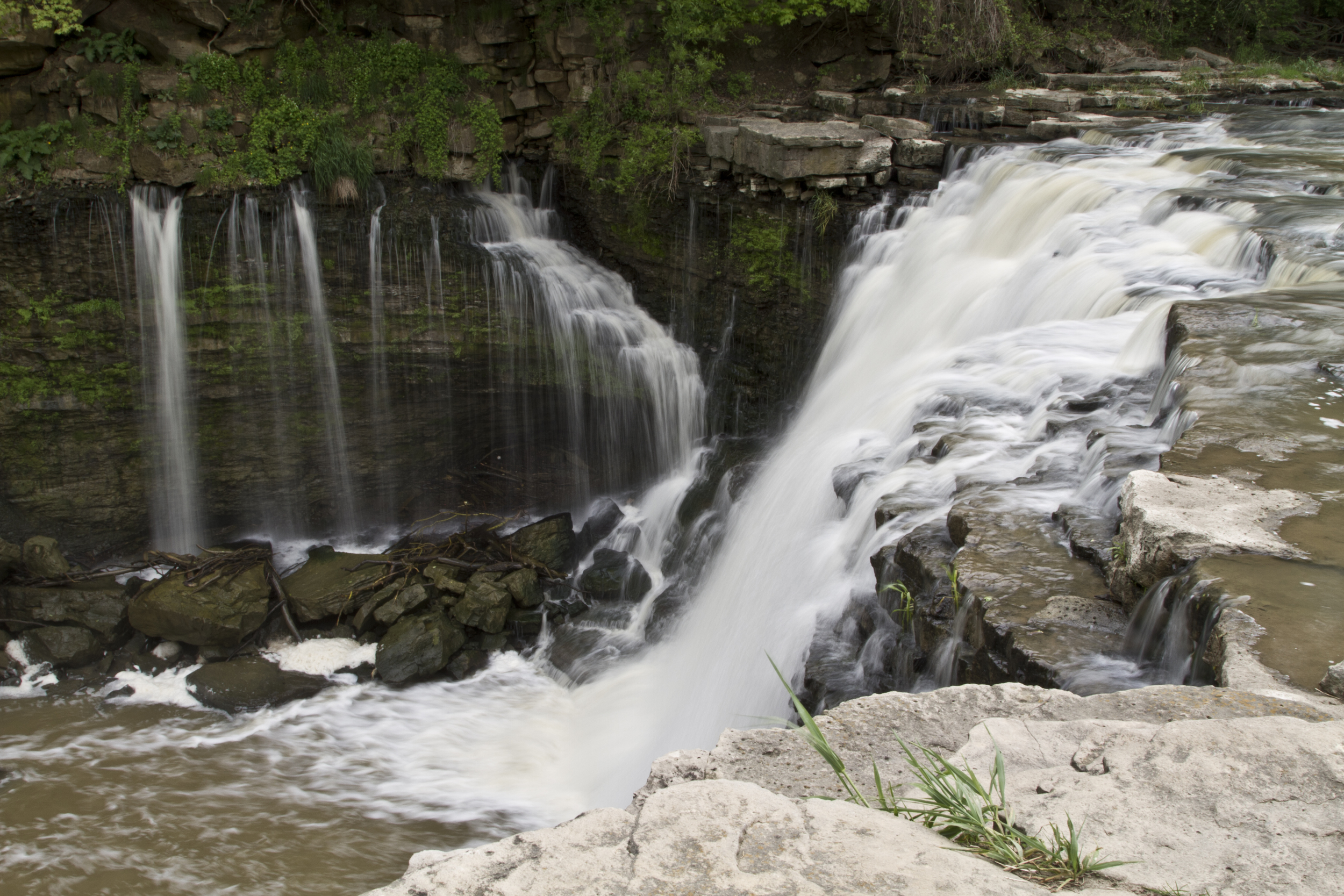

"Climate Change Impact Analysis using HydroGeoSphere" - Aquanty Webinar
As the relevant components of the global climate (e.g. temperature and precipitation patterns/intensity) drift further from historically reliable patterns, it becomes harder and harder to rely on these historical patterns as part of hydrologic studies. This is why HydroGeoSphere is an incredibly powerful tool for long-term climate change impact analyses of hydrologic systems.

HGS RESEARCH HIGHLIGHT – Impacts of Climate Change and Different Crop Rotation Scenarios on Groundwater Nitrate Concentrations in a Sandy Aquifer
This study by researchers at the University of Guelph investigated the impacts of various crop rotation scenarios and climate change on groundwater nitrate concentrations in a 155 sq-km agricultural sub-watershed in Norfolk County, Ontario.

HGS RESEARCH HIGHLIGHT – Evaluating Climate Change Impacts on Soil Moisture and Groundwater Resources Within a Lake-Affected Region
This study investigates how climate change could impact groundwater and soil moisture within the Great Lakes Basin (GLB). Groundwater is a resource that is relied on for agriculture, industry, municipalities, and drinking water. Approximately one-quarter of the 33 million inhabitants of the GLB depend on groundwater as their primary freshwater source. Given its extreme value as a natural resource, the impacts of climate change on groundwater need to be well understood, and fully-integrated models that incorporate such large water bodies (let alone an entire basin-scale system) are rare.

HGS RESEARCH HIGHLIGHT – Towards a climate-driven simulation of coupled surface-subsurface hydrology at the continental scale: a Canadian example
This study is an excellent example of how a physics-based approach to simulating integrated hydrology with HydroGeoSphere allows researchers to overcome the limitations of data scarcity. Allowing water to flow naturally (or as ‘naturally’ as possible for a digital environment) also simplifies the calibration process, as a well conceptualized watershed scale model should be able to accurately represent the integrated hydrology of the watershed inherently.

HGS RESEARCH HIGHLIGHT – Fully integrated and physically-based approach for simulating water flows in a large-scale, heavily agricultural and low-instrumented watershed
This study is an excellent example of how a physics-based approach to simulating integrated hydrology with HydroGeoSphere allows researchers to overcome the limitations of data scarcity. Allowing water to flow naturally (or as ‘naturally’ as possible for a digital environment) also simplifies the calibration process, as a well conceptualized watershed scale model should be able to accurately represent the integrated hydrology of the watershed inherently.

HGS RESEARCH HIGHLIGHT – Estimation of groundwater contributions to Athabasca River, Alberta, Canada
This paper evaluates surface water-groundwater interactions within the Athabasca River Basin (ARB). The fully integrated nature of HydroGeoSphere was a key contributor to this study, as these simulations allowed for clear accounting of the interaction between groundwater and surface water, while also incorporating influential hydrologic mechanisms like snowmelt/accumulation and evapotranspiration over a very large area.

HGS RESEARCH HIGHLIGHT – Upscaling Hydrological Processes for Land Surface Models with a Two-Hydrologic-Variable Model: Application to the Little Washita Watershed
The authors have used a 3D HydroGeoSphere model of a heavily studied sub-catchment (the Little Washita Watershed, Oklahoma) as a reference point to test the validity of much simpler modelling approaches. Results of the 3D HydroGeoSphere model are compared against a simpler 2D hillslope model, also constructed using HydroGeoSphere.


HGS RESEARCH HIGHLIGHT – Subglacial Meltwater Recharge in the Dongkemadi River Basin, Yangtze River Source Region
The paper highlighted here is about the construction of a HydroGeoSphere model to simulate groundwater recharge due to the melting of water underneath a glacier under the influence of climate change, and represents the first attempts to account for the Dongkemadi Glacier in an integrated numerical model. The study site is a 40 km2, extensively glaciated catchment in the southwest portion of the Yangtze River Basin, on the Tibetan Plateau.
